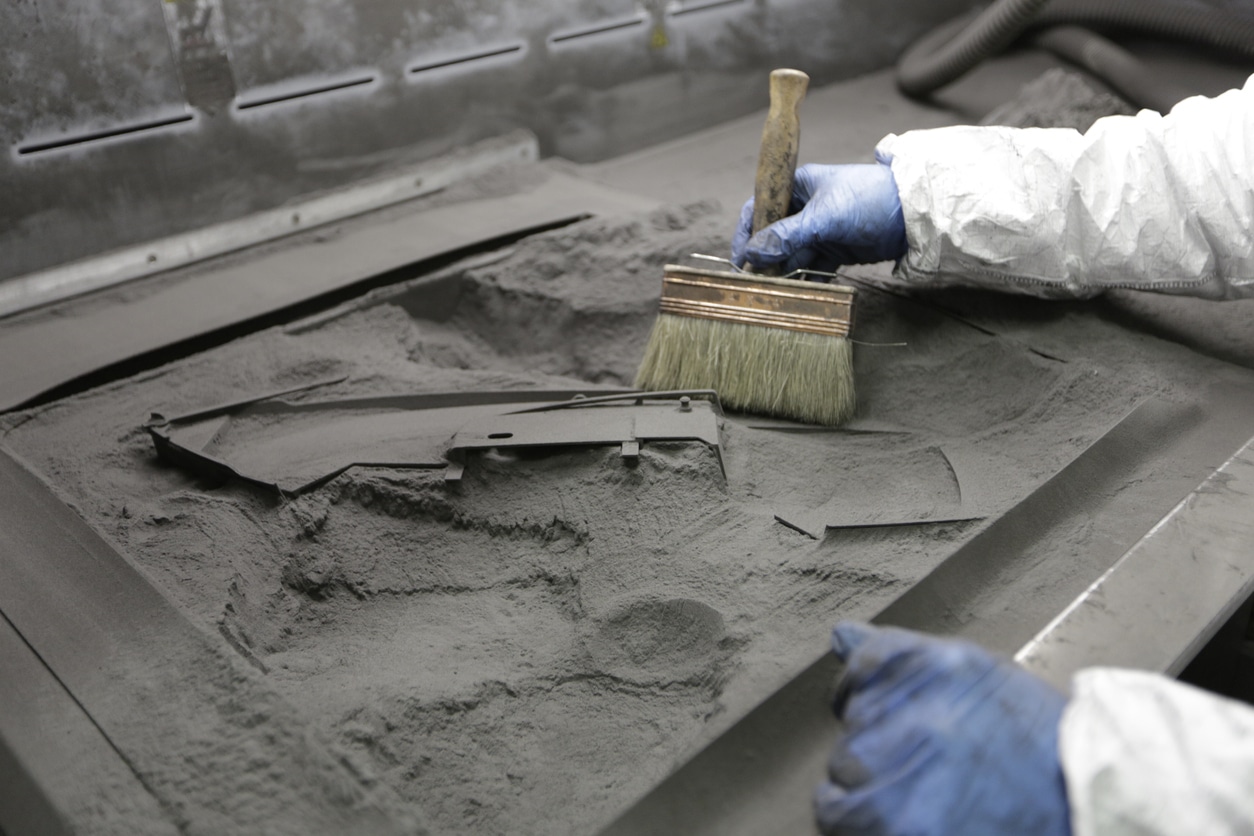Finishing
Learn more about Manufacturing finishing processes, how do they work and what are the usages in the industry.
Introduction to finishing processes
Finishing processes aim to alter the surface of a manufactured part in order to achieve a particular characteristic. Commonly desired characteristics include improved aesthetics, adhesion, solderability, chemical-, corrosion-, tarnish- or wear-resistance, hardness, electrical conductivity, flaw removal, and surface friction control. In limited cases, these techniques may be applied to restore original dimensions or to salvage or repair a part.
There are two main categories of finishing processes and they largely depend on how they affect a workpiece. These processes are either removing/reshaping finishing or adding/altering finishing. The removing/reshaping processes serve mainly to alter the surface of a part to attain a desired finish by removing or reshaping it. For example, some users desire a more polished, reshaped, smoothed or abrasive surface, or an aesthetically enhanced exterior. A broad variety of processes are used, but among the most common are abrasive and sand blasting, laser ablation and engraving, polishing, and superfinishing.
Similarly, the adding/altering processes serve to alter the surface of a part, but rather than removing or reshaping it, a coat of a desired material is added to attain the desired properties that are otherwise missing. There are numerous possible processes to add/alter a part’s surface, but among the most common are anodizing, dyeing, electroplating, electroless plating, plating, powder coating, and spraying.
Learn more about finishing
Get multiple quotes for your parts in seconds
